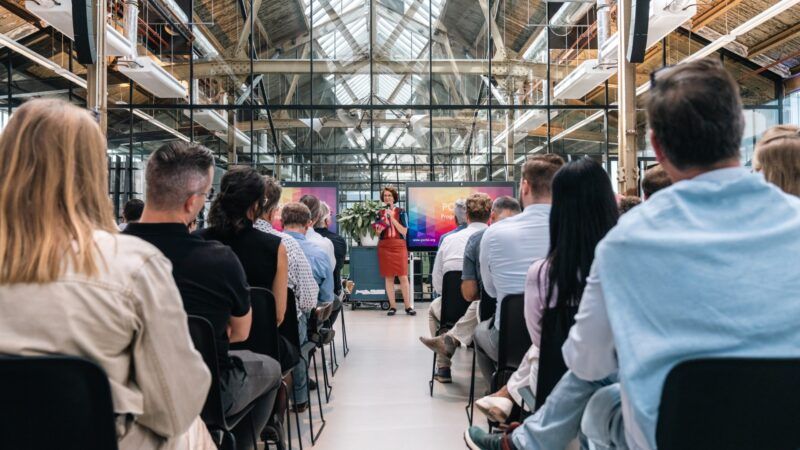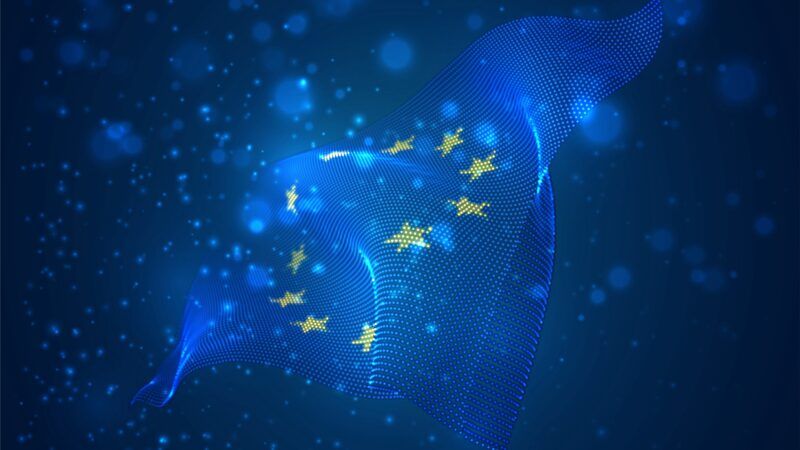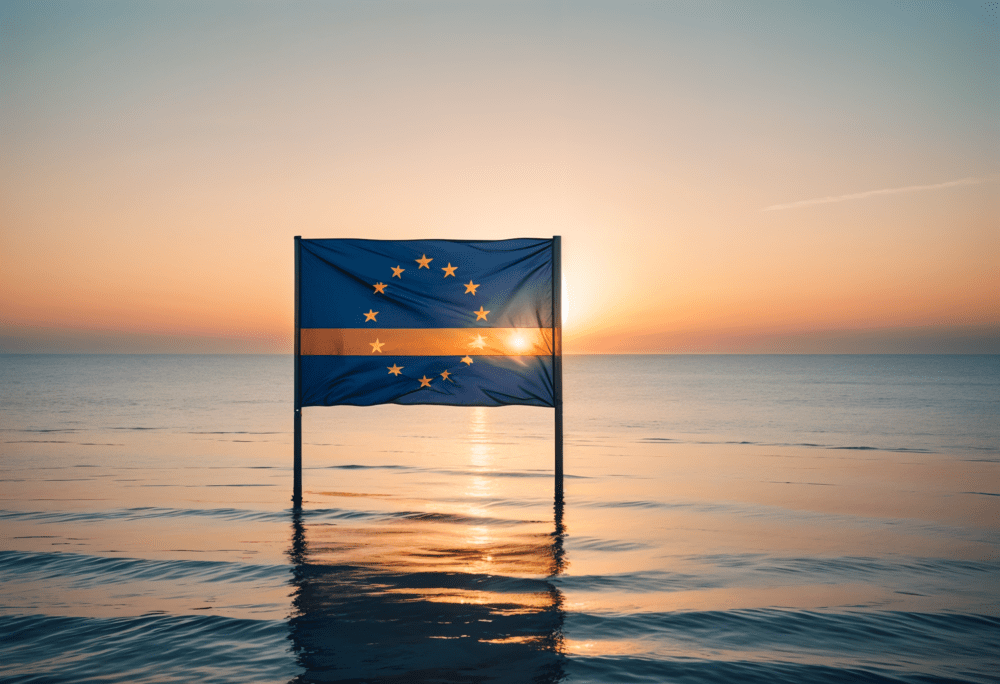
Horizon Europe 2025-27, the EU’s commitment to research and innovation
The European Commission is looking ahead to the immediate future with the presentation of the Horizon Europe 2025-2027 strategic plan. Although the 2023-2024 program remains in force, the new one includes several nuances to adapt to the new economic, environmental and geopolitical contexts. PierNext spoke with the Commission spokespersons who coordinated the drafting of the plan to learn about the key aspects of its development.

With the presentation of the Horizon Europe 2025-2027 Strategic Plan for research and innovation, the European Commission confirms the continuity of the line of work initiated in the 2021-2022 period: addressing key global challenges such as climate change, biodiversity loss, digital transition and population aging through this instrument, which funds research and innovation
Currently, the current work program is for 2023-2024 and it is still too early to draw conclusions, since the evaluation phase of many projects is still underway or has not yet begun, a European spokeswoman told PierNext, adding that the pace of implementation is satisfactory: by the end of 2023, 10,674 grant agreements had been signed (45% of the total budget), and 23% of payments had already been made.
"As for the specific objectives in terms of contribution to climate targets, preliminary estimates indicate that Horizon Europe will achieve the target of 35% contribution to climate targets and between 7% and 10% to those related to biodiversity," the European Commission tells PierNext.

What's new in the Horizon Europe 2025-2027 program?
Precisely, increasing the contribution to biodiversity to 10% of the allocated budget is one of the new objectives of the program that will come into force next year and whose drafting has taken more than a year of work for the team in charge of its preparation.
The new strategic plan identifies nine new European co-financed and co-programmed areas:
- Brain health
The rise of mental health problems, exacerbated among others by pandemic, digital stress or climate crisis has underscored the need to promote mental health and prevent and treat mental illnesses - Forests and forestry for a sustainable future
In the context of the new EU air quality target, it will be necessary to improve the sensitivity and accuracy of air quality monitoring and modeling. This proposal on forests and forestry for a sustainable future will play an important role in achieving this impact. - Innovative materials for the EU
The objective is to achieve technological leadership for Europe's open strategic autonomy in raw materials, chemicals and innovative materials. - Raw materials for the ecological and digital transition
Along the same lines as above. - Resilient cultural heritage
Seeks to strengthen the harmonization of national and European research and innovation policies and funding. - Social transformations and resilience
In the same category of objectives as above. - Solar photovoltaic
Guarantees a more efficient, sustainable, secure and competitive, renewable and decarbonized energy supply. - Textiles of the future
Framed in a context of achieving global leadership in climate-neutral, circular and digitized industrial and digital value chains. - Virtual worlds
Together with AI, robotics and photonics, these technologies will contribute to research, design and engineering practices, with zero-emission solutions for better performance and higher productivity in all sectors.
The 6 clusters specified in the previous program are maintained:
- Health
- Culture, creativity and inclusive society,
- Civil security for society
- Digital world, industry and space
- Climate, energy and mobility
- Food, bioeconomy, natural resources, agriculture and environment
As a novelty, the strategic plan introduces the New European Bauhaus (NBE) Mechanism, a pioneering movement that brings together citizens, municipalities, experts, businesses, universities and institutions to re-imagine and jointly achieve sustainable and inclusive living within and beyond Europe and will be implemented transversally in Horizon Europe's work programs for the period 2025-2027.
The future strategic program will also include a new section on research security, highlighting existing tools within Horizon Europe designed to mitigate risks and safeguard the EU's strategic assets.
In addition to presenting innovations in its content, the Commission explains that the strategic objectives and mechanisms for monitoring the impact of the projects have been simplified, in addition to updating cross-cutting issues, particularly the section on synergies, to improve the balance between R&D and social innovation.
"With the 2025-2027 strategic plan, we have updated the strategic direction to reflect the social and geopolitical changes that have occurred since its approval. Following the conclusions of the analysis published in May 2023, we have focused on simplifying operational and communication aspects," the Commission says.
Three strategic orientations
For the 2025-2027 plan, the European strategic objectives are reduced from four to three:
- Ecological Transition: prioritizes research and innovation to achieve a more sustainable and environmentally friendly economy.
- Digital Transition: drives research and innovation to promote digital transformation in all sectors, thereby improving competitiveness and efficiency.
- Resilient, Competitive, Inclusive and Democratic Europe: focuses on strengthening Europe's resilience in the face of emerging challenges, promoting its competitiveness in the global economy, fostering social inclusion and preserving democratic values.
"The new strategic objectives bring together the four objectives of the 2021-2024 strategic plan in a more concise and less prescriptive way. They are easier to communicate and are more clearly associated with the main EU policy priorities that depend on a significant contribution in R&I. We have also made 'open strategic autonomy' a cross-cutting objective that will apply across all three strategic objectives," Europa tells PierNext.
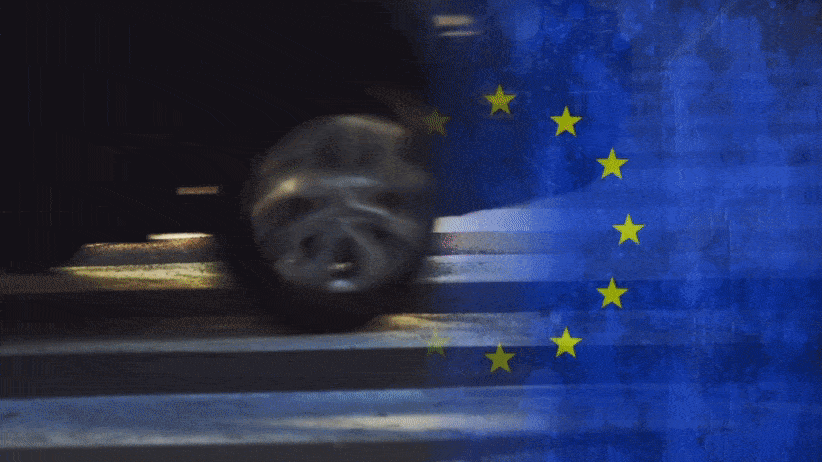
How the Horizon Europe plan is developed
The Commission spokeswoman explains some of the internal aspects that define the development of the Horizon Europe program, which, she stresses, is carried out in a process whose involvement and participation is choral.
"We work by coordinating all the Directorates General relevant to the program in a very intensive co-creation process. In parallel, there is also a co-design process with the member states, whose suggestions we include during different phases of the drafting process," he notes.
In addition, the design of the strategic plan was outsourced to include as many stakeholders and perspectives as possible.
"For more than a year we conducted an extensive dialogue with the general public, stakeholders, member states, Partner Countries and the European Parliament on R&I priorities. Among other actions, we conducted a large public consultation that was open between December 1, 2022 and February 23, 2023, in which 2,258 responses were registered, representing academic or research institutions, companies and business organizations, individuals, public authorities and other relevant actors in the R&I sector," he says.
The spokeswoman recalls that Horizon Europe is the ninth framework program for R&I. "The evaluation and monitoring of projects has evolved a lot thanks to the experience gained in previous programs. Currently, the framework for monitoring and evaluation of Horizon Europe projects meets the requirements stipulated in the EUR-Lex - 52021DC0366, which states that each program must have a documented monitoring and evaluation framework," specifies the spokeswoman.
This framework was established in accordance with the monitoring and evaluation provisions of the Horizon Europe Regulation. It is based on the lessons learned from the Horizon 2020 interim evaluation and has been built based on the guidelines governing Horizon Europe Monitoring and Evaluation Framework.
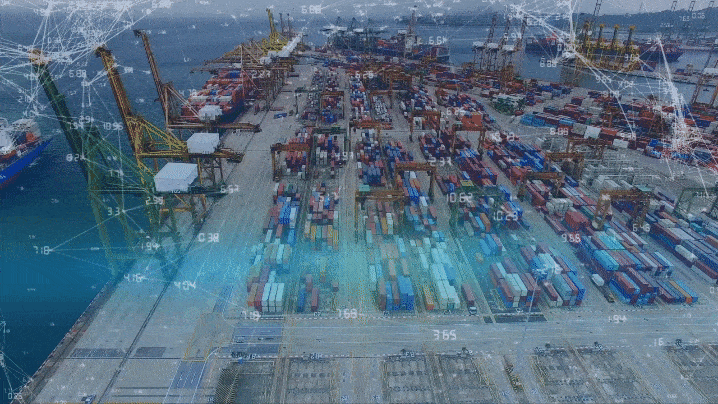
What does Horizon 2025-2027 mean for ports?
In previous calls, European ports have been able to promote sustainability-related projects, as was the case with the PIONEERS and MAGPIE consortia, thanks to grants provided by Horizon Europe.
For the European spokeswoman, the maritime-port sector plays a crucial role in the economy. "Ports are vital infrastructures whose commercial and strategic importance is very significant, as they support the free movement of goods and people throughout Europe. In this sense, they are key in achieving our objectives and very relevant in the three strategic orientations defined for 2025-27. In general terms, the blue economy is a fundamental area that is part of the European Green Pact and has its own strategy, the Sustainable Blue Economy partnership," he says.
Precisely, this is one of the grants that will be available and that the spokeswoman points out as relevant for ports. She also points to Cluster 4 (digitalization, industry and space), 5 (climate, energy and mobility) and 6 (food, bioeconomy, natural resources, agriculture and environment) as the most relevant areas.
"The 2025-2027 strategic plan will be implemented in the 2025 and 2026-2027 work programs. We are still working on the 2025 program, which will include concrete actions that will certainly be relevant also for the ports," he concludes.





